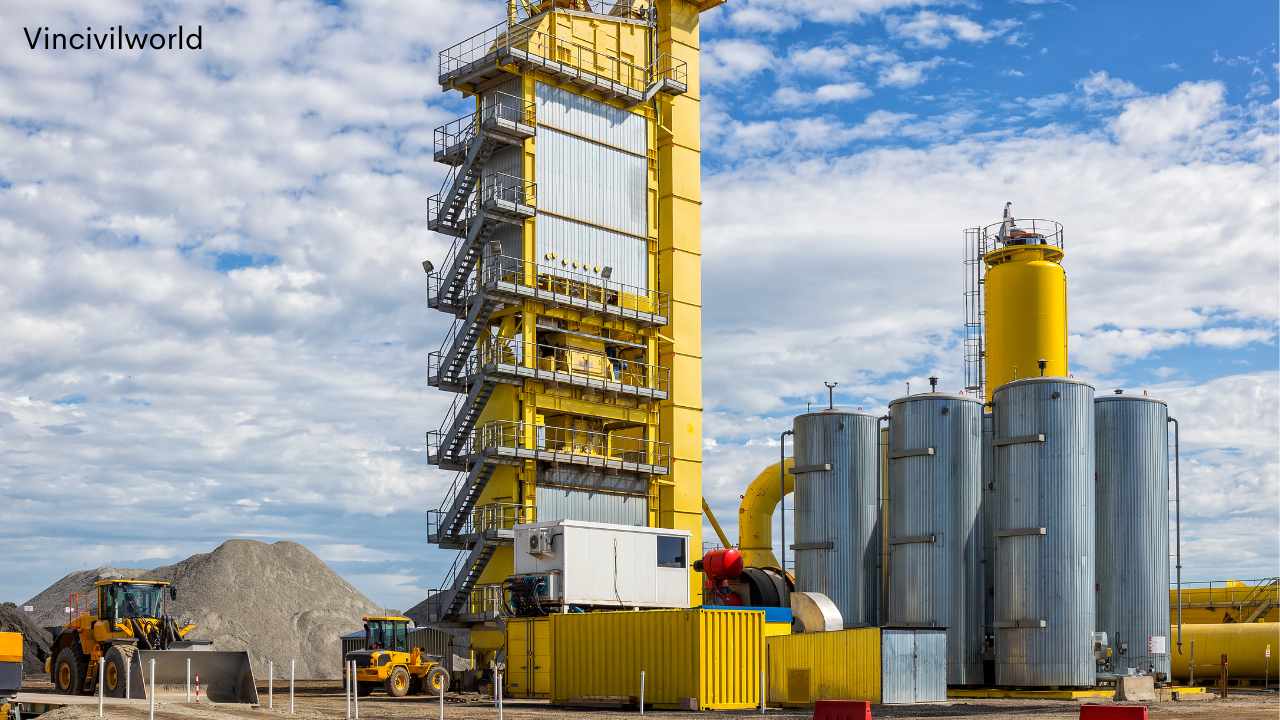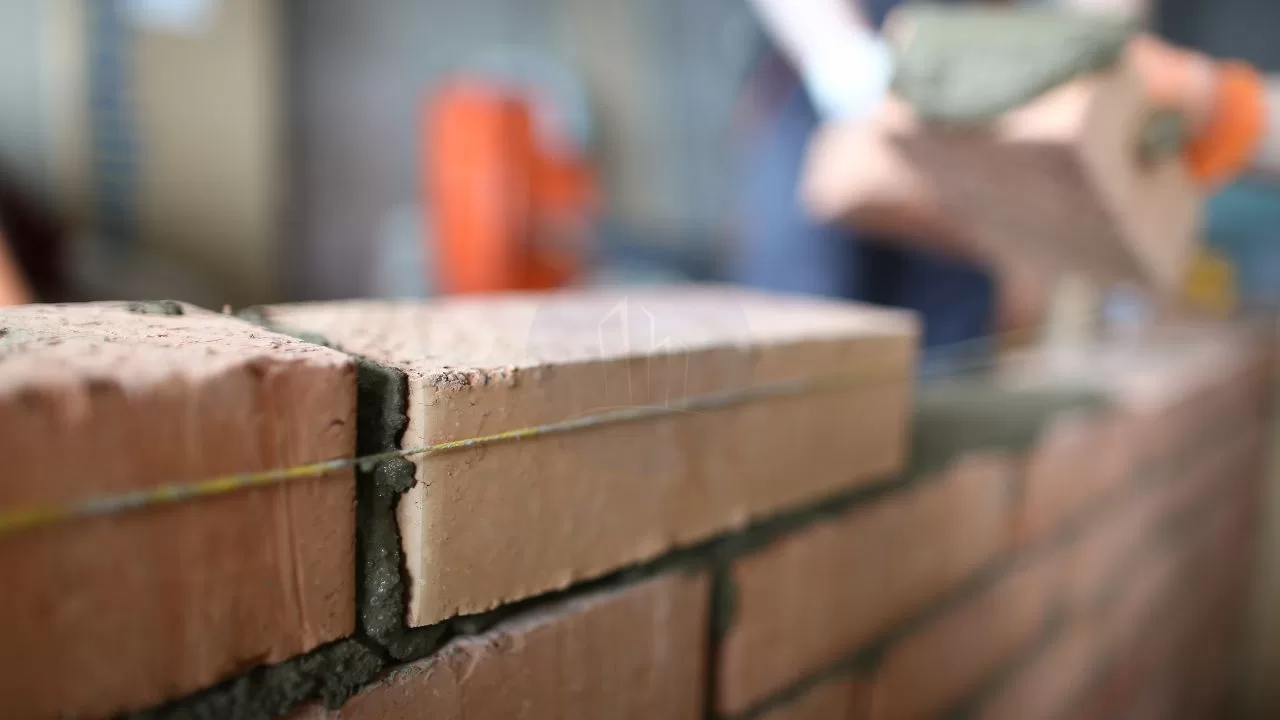Road Camber : Importance, Types, and Its Effect on Road Safety
Road camber, also known as the cross slope, is the slight curvature found on the surface of a road. This slope is incorporated into the design. Camber in road is designed primarily to aid efficient drainage. Water runs off towards the edges of the road. This prevents waterlogging or puddling. This minimizes risks such as hydroplaning, which can lead to accidents, especially in wet conditions. A properly cambered road contributes to road longevity, as pooling water can accelerate surface wear.






